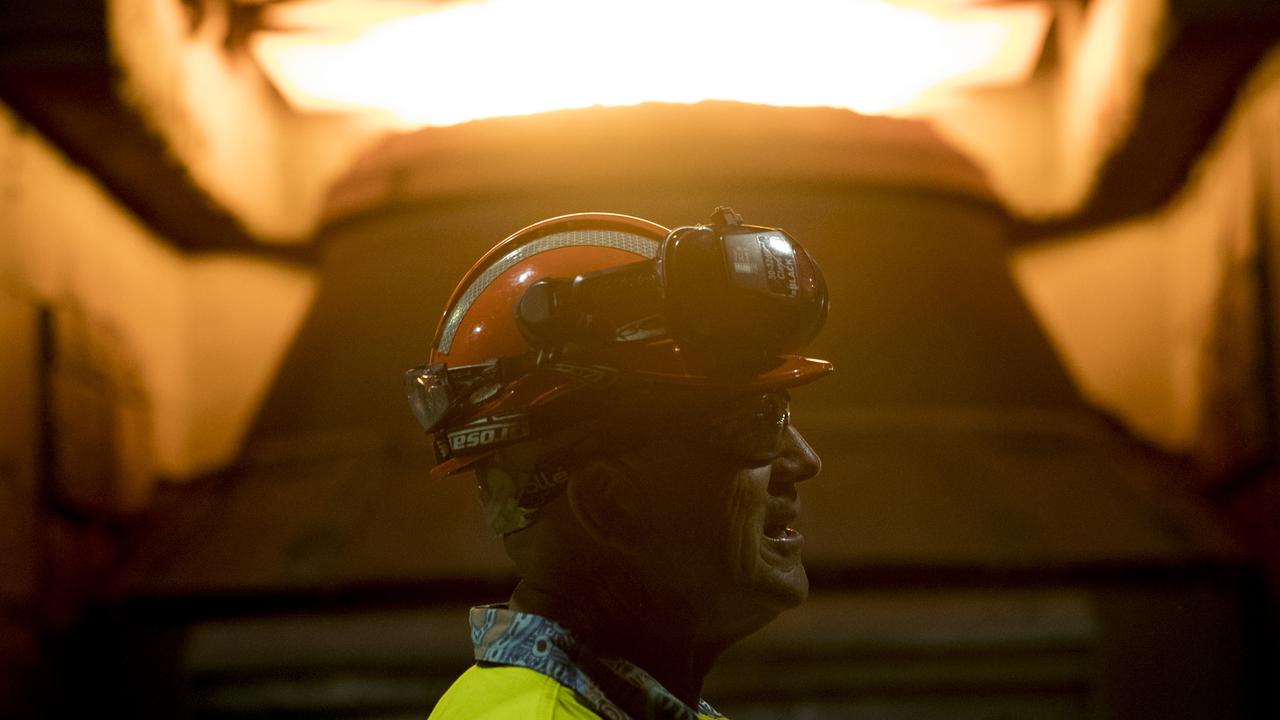US inflation remains near four-decade highs despite slump in price for petrol
Shares dropped sharply after consumer-price data sparked fears the Federal Reserve would need to be more aggressive to rein in inflation.

US inflation remained at 40 year highs in August – more than four times the Federal Reserve’s target – despite a big drop in petrol prices, paving the way for significant interest rate increases at the same time as rail unions threaten crippling strike action across the nation.
The blue-chip S&P 500 share market index dropped more than 4 per cent on Tuesday after the US Bureau of Labor Statistics released its much-anticipated August inflation report, showing consumer prices rose 0.1 per cent in August, leaving the consumer price index 8.3 per cent higher than a year ago.
Joe Biden said the figures, the second last set before critical midterm elections in November, would take “more time and resolve to bring inflation down, which is why we passed the Inflation Reduction Act to lower the cost of healthcare, prescription drugs and energy”.
“Prices have been essentially flat in our country these last two months: that is welcome news for American families, with more work still to do,” he said in a statement.
Increases over the year in the price of rent (up 6.7 per cent, highest since 1986), food (up 11.4 per cent over the year, highest since 1979), and electricity (up 15.8 per cent, highest since 1981) more than made up for a 10.6 per cent decline in petrol prices over the month.
Stripping out fuel and energy prices, consumer prices rose 0.6 per cent in August, more than double the median of economists’ expectations, leaving core inflation at 6.3 per cent in August.
Kathy Bostjancic, chief US economist at Oxford Economics, pointed to “further aggressive policy tightening” by the Fed, whose chairman Jerome Powell has repeatedly said the central bank would not stop lifting its benchmark funds rate until inflation had clearly begun to decline.
The headline annual rate of inflation has fallen from a 41 year high of 9.1 per cent in June, but remains well above the 2 per cent inflation target of the Fed, which, along with most analysts, had described rising inflation first observed early last year as “transitory”.
“We continue to look for the Fed to raise rates another large 75 basis points on September 21, followed by an additional 75 basis points of rate hikes by year-end. This would raise the midpoint of the fed funds rate range to 3.9 per cent,” she said in a note on Tuesday.
Inflation has been above 5 per cent in the US since April last year, leading to 16 months in a row of annual declines in real wages, which in August were 2.8 per cent below their level a year ago.
According to Moody’s, the typical US household was spending $US460 ($684) more each month to buy the same basket of goods and services as they were last year.
The report came amid a standoff between US railways and port operators and labour unions over pay and conditions for 115,000 workers, which could lead to widespread strike action as soon as Friday – the end of a 30-day cooling off period – putting further upward pressure on prices.
“Failure to act could idle more than 7,000 trains daily and trigger retail product shortages, widespread manufacturing shutdowns, job losses and disruptions to hundreds of thousands of passenger rail customers,” said American Association of Railways chief executive Ian Jeffries last week.
“As the freight sector heads into peak shipping season, a nationwide rail work stoppage would result in an unnecessary $US2 billion daily economic hit”.
A handful of the 12 unions that represent the two sectors have rejected an offer, which was recommended by a presidential “emergency board” as a compromise, under special legislation pertaining to negotiations between critical industries and workers, for a compound wage increases of 24 per cent by 2024, including an immediate 14 per cent increase.
Republicans, who see high inflation as their best political weapon to reclaim the Congress in November midterm elections, seized on the higher-than-expected inflation figures, which came on a day the White House had planned a celebration of the Inflation Reduction Act, an omnibus law including rules to lower some drug prices.
“Joe Biden’s assault on the American working class continues,” said Republican senator Josh Hawley.






